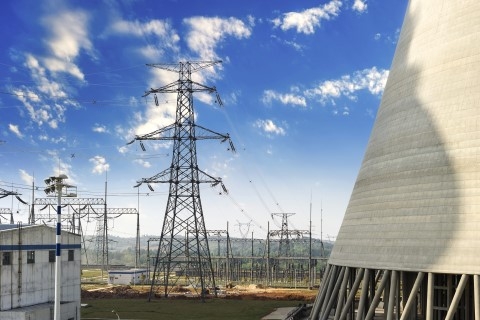
China's clean power sector hammered with tariff risks
Can IPPs ride the trend?
According to Barclays, the positive sentiment after strong 3Q results for clean power companies in China has been tempered by the proposed tariff cuts for wind and solar power by the NDRC in the next five years.
While the cuts raise questions on the level of commitment towards pursuing green energy as part of the 13FYP by China, they will help restore a smaller/more reasonable spread between tariffs for coal IPPs and renewables.
Moreover, the milder cuts for zone-IV imply that policy makers are inclined to promote green energy in lower curtailment areas. Nuclear and hydro power appears to have been shielded from tariff-related uncertainty, while generation trends have diverged with stronger nuclear due to ramp-ups, and weaker hydro possibly due to El-Niño impact in China.
Here's more from Barclays:
Huaneng Renewables appears better positioned with the strongest capacity growth in 2015 and attractive valuations, while CGNP Power (OW) is our preferred nuclear pick. We update our forecasts on 3Q'15 results and mark-to-market based on our commodity price assumptions. We make changes to our price targets, while our ratings remain unchanged.
Power generation was strong despite 3Q being the seasonally weaker quarter. This has helped the company to report a profit in 3Q compared to a loss in 3Q last year. Capacity additions will peak in 2015 with the guidance of 2.0GW maintained, while the company expects to add 1.5GW capacity per annum from 2016 onwards. Earnings growth continues to be sector leading, while its valuation discount is not pricing in its growth potential, in our view.
CGN Power's momentum in generation growth continued in 3Q with a 32% q/q increase supported by the strong ramp-up of Yangjiang, Ningde and Hongyanhe nuclear plants. The company expects generation to moderate in 4Q given the beginning of the winter season. Stronger generation has led to a 15% increase in our 2015 EBITDA estimates, which was tempered by forex losses, restricting EPS revisions to only 4%.
Longyuan Power's 3Q was a soft quarter, barely breakeven despite improved profitability in coal IPPs and higher scale in wind power. Tariff risks for Longyuan are higher than peers due to adverse geographical exposure and the simultaneous potential for cuts in coal IPP business. The company will maintain its leadership in capacity addition with a guidance for 2.0GW addition per annum from 2016 onwards, while asset injections from its parent company could be an upside catalyst.
Datang Renewable continued to see a disappointing performance with a larger than expected loss in 3Q. However, this was offset by lower than expected net debt. Forward outlook for the company is clouded by its subpar capacity additions, adverse geographical exposure and the highest net debt among sector peers.























 Advertise
Advertise








